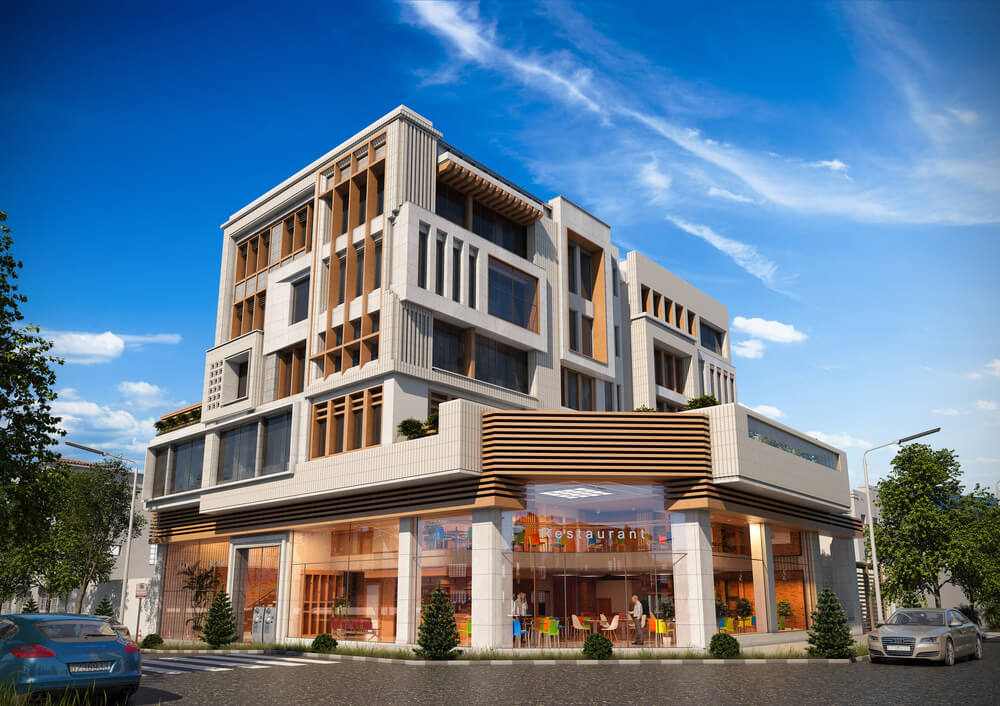Architectural design has always been a complex and creative process, requiring architects and designers to imagine and communicate their ideas through 2D drawings and blueprints. However, with the advancement of technology, the introduction of 3D visualization has revolutionized the way architects and designers bring their visions to life.
This article explores the transformative power of 3D visualization technology in architectural design and its impact on the industry.
The Power of 3D Visualization
3D visualization (also known as ‘ 3d visualisering ‘ in the Danish Language) technology allows architects and designers to create realistic and immersive representations of their designs.
By using specialized software, architects can transform 2D drawings into three-dimensional models, allowing clients and stakeholders to visualize the final product before construction even begins. This technology has proven to be a game-changer in the architectural industry, offering numerous benefits.

Image Source: Google
Advancements in 3D Visualization Technology
Over the years, 3D visualization technology has evolved significantly, becoming more sophisticated and realistic. Today, architects can create highly detailed and photorealistic renderings that closely resemble the final product.
This level of realism has been made possible by advancements in computer graphics and rendering algorithms.
Benefits of 3D Visualization in Architectural Design
The adoption of 3D visualization technology in architectural design has numerous benefits for both architects and clients. One of the main advantages is improved decision-making.
Clients can make more informed choices about design elements such as finishes, materials, and lighting when they can see the final product in 3D. This leads to greater client satisfaction and reduces the likelihood of costly changes during construction.